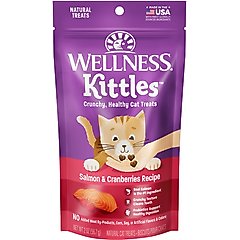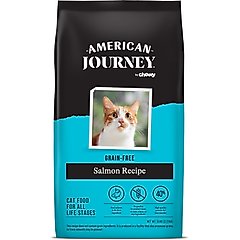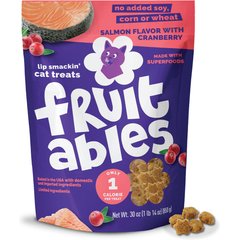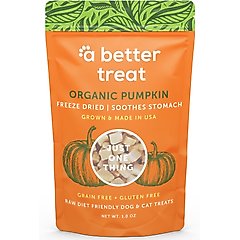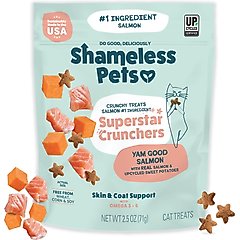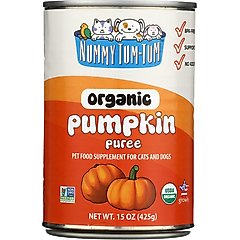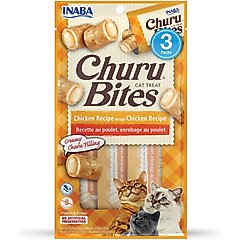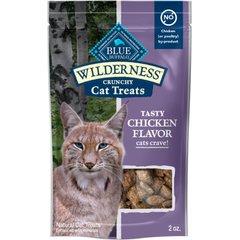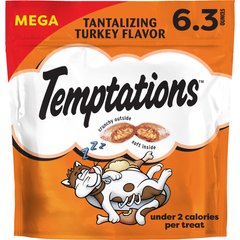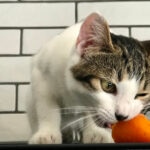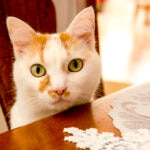What Human Foods Can Cats Eat? 28 Human Foods Safe for Cats

Photo by Chewy
As a cat parent, you may wonder, what human foods can cats eat safely? While cats have specific dietary needs, there are certain human foods that can be a tasty and nutritious treat for them in moderation. However, not all foods are safe—some can be harmful or even toxic.
Before sharing your meals with your feline friend, it’s important to know which human foods are safe, which should be avoided, and how to serve them properly.
Before introducing any new food into your cat’s diet, always check with your veterinarian.
Human Foods Cats Can Eat
There are several human foods safe for cats, but they should still be considered a treat. That means all treats combined should account for no more than 10% of your cat’s daily calories. The other 90% should come from a well-balanced cat food.
That said, here’s a list of human foods that cats can eat, along with their benefits and any precautions to keep in mind.
Fruits
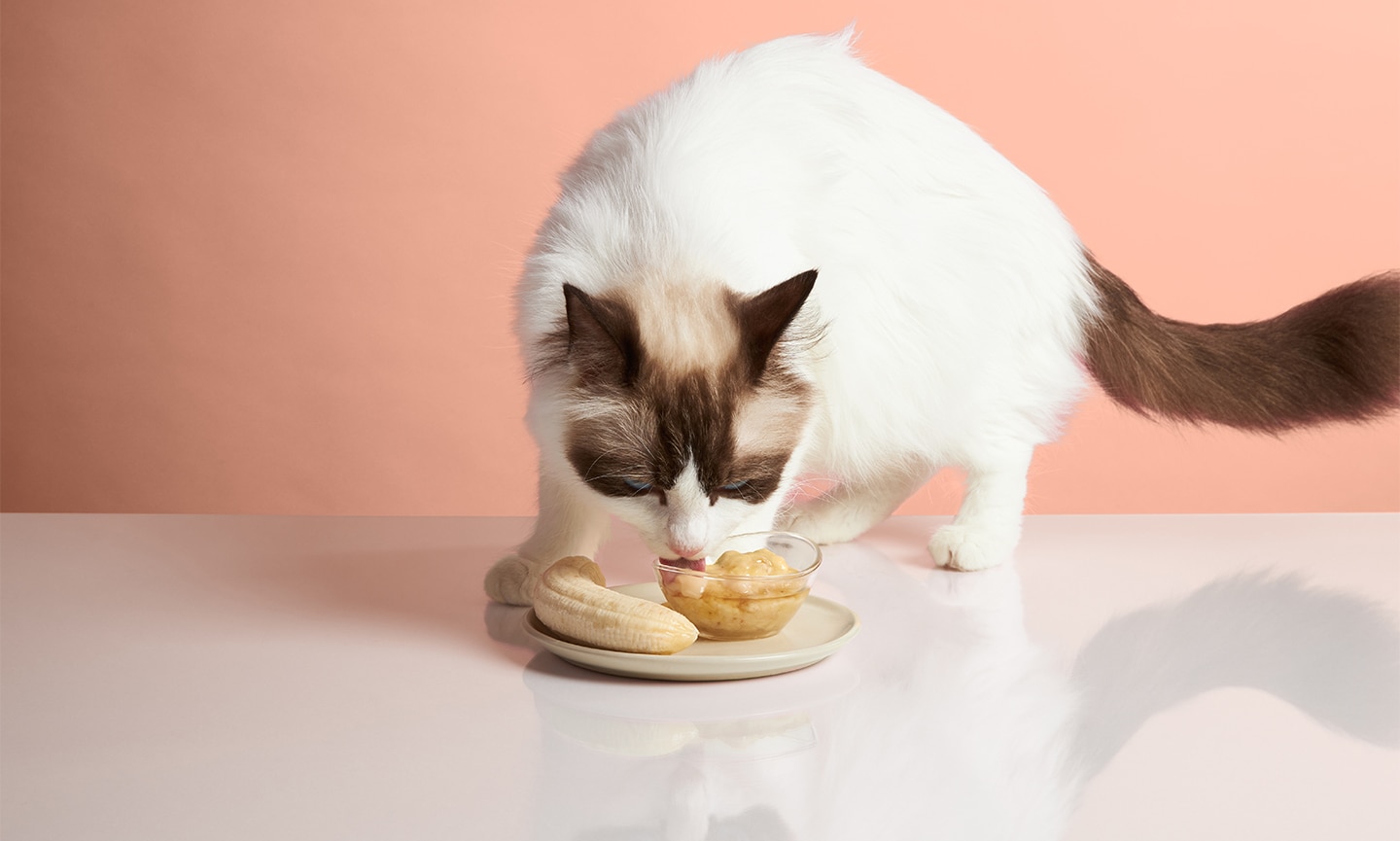
Photo by Chewy
Plenty of fruits are safe for cats, but make sure you remove any stems, seeds, and leaves. Some contain toxic compounds, while others can present a choking hazard for your cat.
- Apples: Apples are high in fiber and vitamin C, and safe for cats as long as you remove the skin, seeds, and stems.
- Bananas: High in potassium and soluble fiber, bananas are a cat-safe snack.
- Blackberries: Blackberries are high in antioxidants, flavonoids, and vitamin C, which can support immune health.
- Blueberries: A good source of vitamins A and C, blueberries can be found in some cat foods, like American Journey Salmon Grain-Free Dry Cat Food. Some felines may even like to snack on frozen blueberries, according to Tina Wismer, DVM, DABVT, DABT, senior director of the ASPCA Animal Poison Control Center.
- Cantaloupe: Cantaloupe is high in antioxidants and beta-carotene, which helps maintain healthy skin and eye health, according to Dr. Wismer.
- Cranberries: Cranberries are high in antioxidants, which can help support your cat’s immune system and decrease inflammation.
- Mangoes: Mangoes are rich in vitamin C, vitamin B6, vitamin A, and fiber, which promotes digestive health.
- Pineapples: Pineapples contain several vitamins (A, B6, folate, C) and minerals (magnesium and potassium) that can keep your cat healthy. Avoid canned pineapple, which is often packed in sugary syrup.
- Strawberries: In moderation, strawberries make a “fun, perfectly acceptable treat” for cats, says small animal vet, Sarah Wooten, DVM, CVJ, based in Silverthorne, Colorado. The juicy fruit is a good source of fiber, vitamins, minerals, and antioxidants.
- Raspberries: Raspberries are high in vitamins C and K. They also contain antioxidants and fiber that supports digestive health.
- Watermelon: High in vitamins A, B1, B5, and C, as well as potassium and magnesium, watermelon is a safe treat for cats, in moderation.
Recommended Products
Vegetables
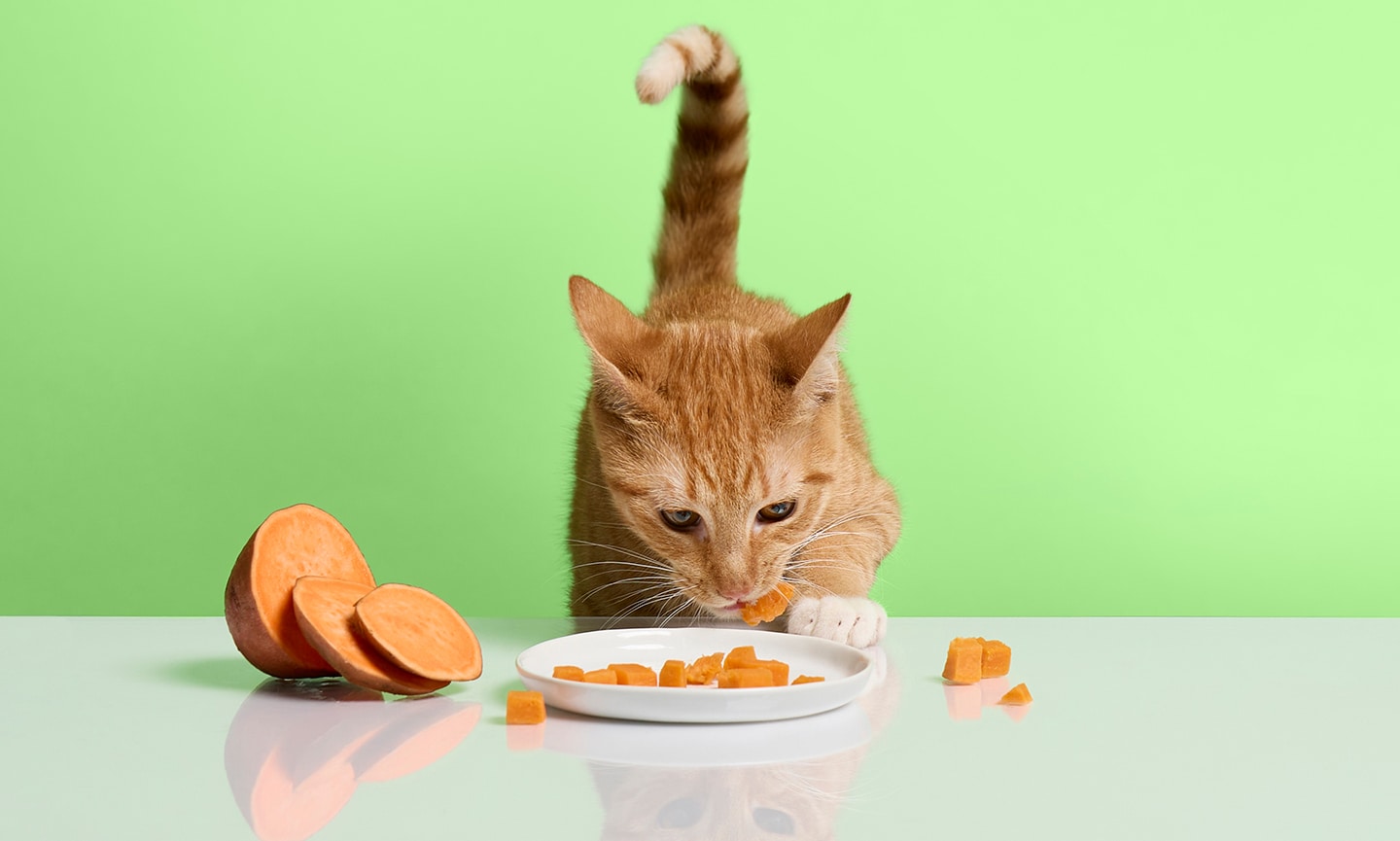
Photo by Chewy
Cats are obligate carnivores, which means they require diets that contain mostly meat (unlike dogs who are omnivores and can live off a greater variety of foods).
So, while many vegetables are safe for cats, they shouldn’t play too big of a role in their diet.
- Broccoli: Broccoli is high in fiber and antioxidants and a good source of vitamins C and K, which can help support the immune system.
- Butternut squash: Butternut squash is rich in vitamin A, vitamin C, potassium, and fiber, which together can reduce inflammation and help support a healthy digestive system.
- Carrots: Low in calories and high in beta-carotene, carrots can help promote healthy vision in your feline friend.
- Green beans: Green beans are low in calories and carbohydrates, making them a good snack option for cats who need to lose some weight. They’re also a good source of fiber for healthy digestion.
- Peas: Peas, which are high in fiber, vitamin C, and vitamin A,are often are found in commercial cat foods. They can also be fed to your cat frozen or raw.
- Pumpkin: Not only is pumpkin low in calories and high in fiber, it can also be an effective treatment for cats who suffer from abnormal stools. You can serve pure pumpkin as a treat because it’s both safe and healthy.
- Spinach: Full of vitamins and minerals including vitamins A, C, and K, and iron and calcium, spinach can be a healthy, cat-friendly treat, according to Dr. Wismer. However, if your cat has a history of calcium oxalate bladder stones, you should avoid giving them spinach.
- Sweet potatoes: Like pumpkin, sweet potatoes are high in fiber. They’re also a good source of vitamins A and C.
- Zucchini: Thanks to its high water content, zucchini can help hydrate your cat. It’s also low in calories and high in antioxidants.
Recommended Products
Meats, Dairy, and More
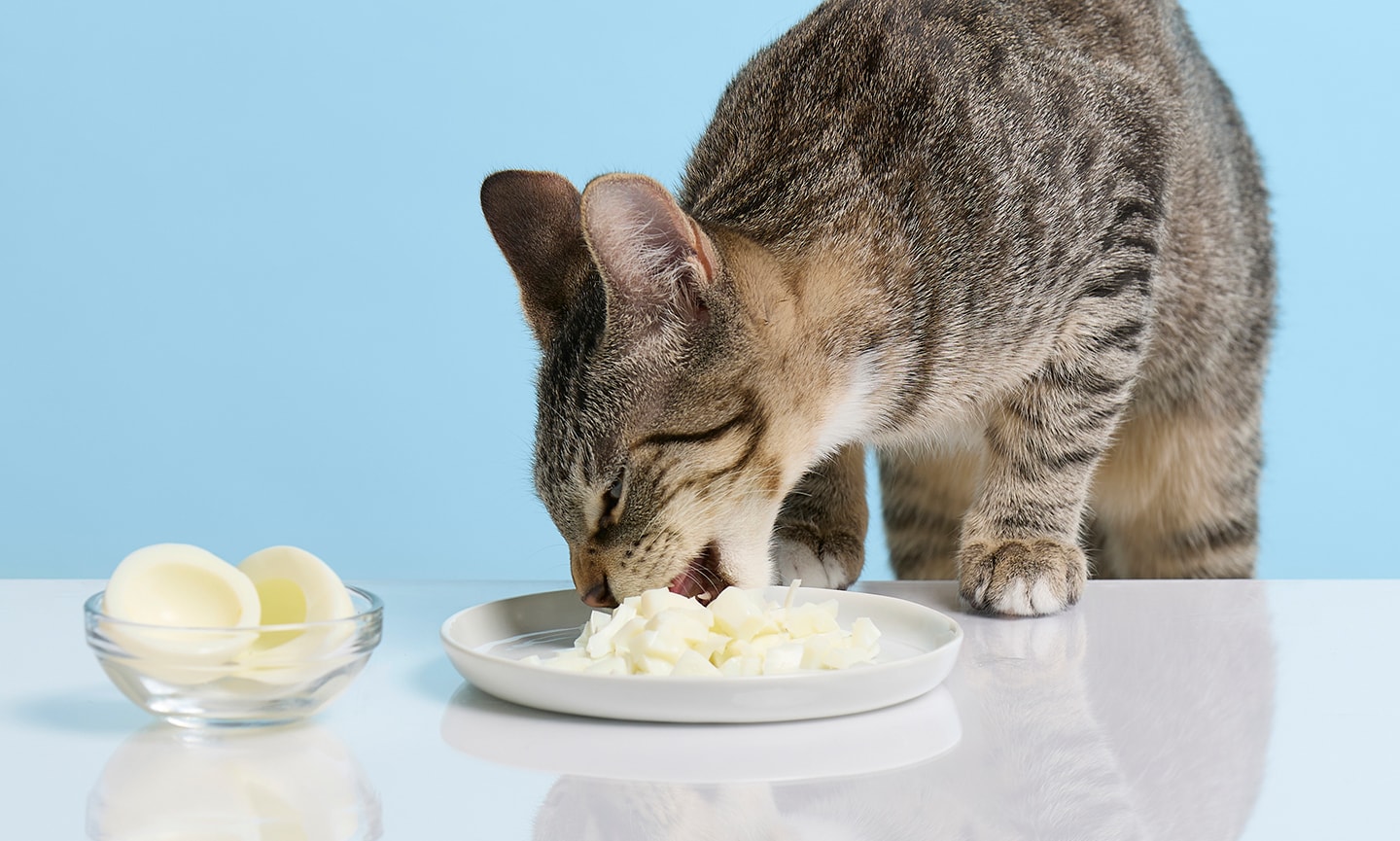
Photo by Chewy
Treating your cat with small pieces of cooked meat or eggs is a great way to boost their protein intake and honor their inner carnivore. Make sure you’re still only giving these treats in moderation, though.
- Chicken (and other meats like beef and lamb): Any type of meat, like chicken, is right up a cat’s alley. Chicken is a good source of lean protein, as long as it’s cooked thoroughly and the skin, which can be fatty, is removed, says Jeff Werber, DVM, founder of the VCA Century Veterinary Group in Los Angeles.
- Turkey: Another lean protein, turkey, including cooked turkey breast or sliced deli meat, is a cat-safe snack.
- Eggs: Another good source of protein and B vitamins, eggs are safe for your feline to eat, Dr. Wismer says. To reduce the risk of foodborne diseases, be sure to cook any eggs you feed your cat.
- Salmon: A good source of protein and omega-3 fatty acids, salmon can be a delicious and tasty treat for cats and is often already found in commercial cat food, says Dr. Wismer. Just make sure it’s thoroughly cooked.
- Fish oils: According to Dr. Werber, fish oil contains omega-3s that can help prevent dry skin in the winter and keep your cat’s coat healthy throughout the year.
- Cheese: Hard cheeses, like cheddar, Swiss, or Gouda, are high in calcium and protein and can be easily baked into treats or fed to your cat raw in small amounts.
- Bread: Dr. Werber says some cats like to snack on bread, a feline-friendly human food when given in moderation.
- Oatmeal: A source of energy and B vitamins for your pet, oatmeal is another human food that can be found in commercial cat foods, like Natural Balance Fat Cats Dry Cat Food. However, just because oatmeal may be cat-safe, not every feline will like it.
Recommended Products
How To Feed Cats Human Foods
In addition to limiting how much human food you’re giving your cats, there are some other precautions you want to take before sharing your meal with your feline friend.
Here are some tips on how to safely feed cats human foods:
- Limit the amount of treats you give your cat each day, even if they’re healthy. Dr. Wismer recommends no more than 20 calories per day from treats. This might mean 2 teaspoons of cooked salmon or chicken or a little less combined with some sweet potato. “You can mix and match human food treats with cat treats to reach that number,” she says.
- Watch their weight. If your cat seems to be gaining weight, scale back on the amount of treats you’re feeding them.
- Introduce new foods slowly. When introducing new foods to your cat, a little bit of gastrointestinal upset is possible, Dr. Werber says. If it’s a food they’ve never had before, their bodies may not be used to digesting it.
- Give them variety. Give them some variety to see what they like.
- Avoid seasonings. Avoid any type of seasonings.
- Continue feeding your kitty a properly balanced diet. Human food should be a treat only. Make sure your cat is still receiving proper daily nutrition from their cat food.
What Can Cats Not Eat?

Photo by Chewy
There are also lots of foods that cats shouldn’t eat. If your cat eats any of the following foods, call your vet or the Pet Poison Helpline (855-764-7661, a fee applies) for guidance on what to do next.
- Alcohol: Cats have lower levels of the enzymes that metabolize alcohol, which can lead to severe symptoms like nervous system depression, low blood sugar, and organ damage.
- Apple seeds: Apple seeds contain cyanide, which is toxic to cats because it interferes with the way their body uses oxygen.
- Apricot stems, leaves, and pits: Like apple seeds, apricot stems, leaves, and pits can contain cyanide, which is toxic to cats
- Caffeine: Like alcohol, cats cannot metabolize caffeine very well, which makes them extremely sensitive to it. This makes caffeine toxic, and it can be fatal even in small amounts.
- Cherry stems, leaves, seeds, and pits: Cherry stems, leaves, seeds, and pits also contain cyanide.
- Chocolate: Chocolate naturally contains caffeine and theobromine, another type of stimulant that cats can’t metabolize well.
- Garlic: Garlic contains N-propyl disulfide, which can damage your cat’s red blood cells and lead to anemia.
- Grapes and raisins: Both grapes and raisins contain tartaric acid, which can cause kidney damage in dogs and possibly cats as well.
- Wild mushrooms: Store-bought mushrooms are usually fine, but wild mushrooms can be poisonous to cats. Toxic varieties can lead to liver damage and other serious health problems.
- Mustard: All varieties of mustards have compounds called glucosinolates that can cause stomach upset in cats.
- Onions (plus leeks, shallots, and chives): All of these related foods contain N-propyl disulfide, a compound that is highly toxic to dogs and cats.
- Peach stems, leaves, and pits: Peach parts may contain cyanide. The pits can also be a choking hazard.
- Plum stems, leaves, and pits: Plum stems, leaves, and pits may also contain cyanide, and the pits can be a choking hazard.
- Raw or undercooked meat: Raw meat contains bacteria and parasites that can make cats and people sick.
- Rhubarb leaves: Rhubarb leaves contain high levels of oxalic acid, which can cause digestive upset and kidney issues.
Attributions
This content was medically reviewed by a veterinarian.
